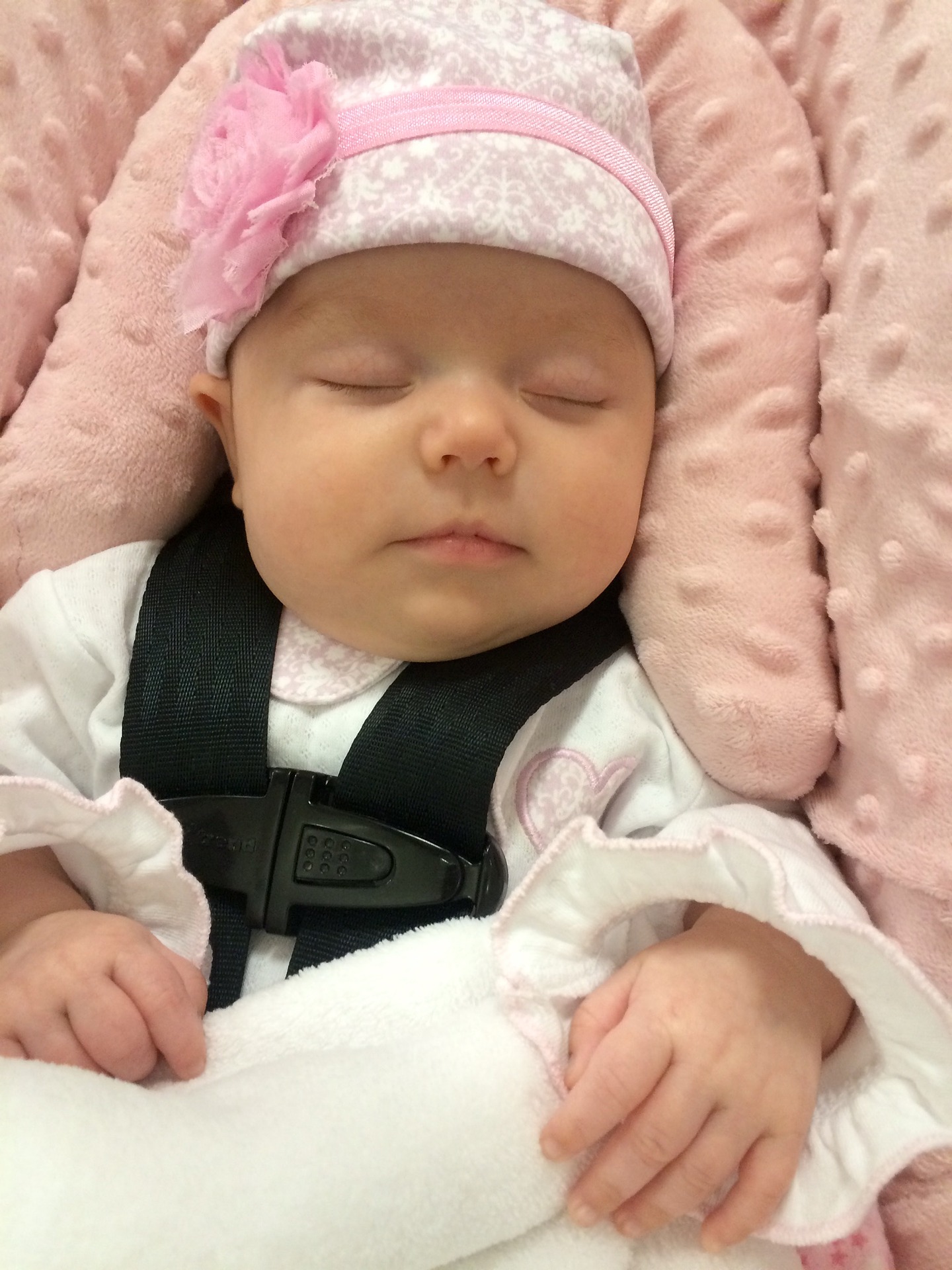Car seats are practically in disposable in the current parenting era, unless you prefer holding your baby as you drive or walking to your destination with a stroller. If you are one who is always on the move, then you have probably already bought a car seat for your baby and placed a large conspicuous ‘Baby on Board’ sticker on your car’s rear windscreen. What you may not know, however, is that when handled or misused, the little seemly harmless seats may be a severe threat to your baby’s safety. Here are a few tips that will keep you in the know about protecting your baby in a car seat:
CHECK OUT THE MANUAL
Most car seats will come with a manual from the manufacturer. It shows the various features and components of the car seat and instructions on how to install it. It may also show any safety hazards such as electric shock for those operated electrically. The first thing you should do after getting a car seat is to read the manual thoroughly. Install it as per instructions and avoid anything it cautions against. It is also essential to do so to prevent compromising the warranty.
PLACE THE SEAT IN THE SAFEST POSITION
In most cases, parents will place the car seat in the middle of the rear seats. According to experts, it is the safest place. You can easily monitor the baby in the centre mirror. It also the part of the car that experiences the least turbulence so the baby can comfortably sleep through a long journey there.
Some parents prefer placing their babies on the front passenger seats for various reasons, such as monitoring them closely. This is not advisable, especially if the car has active airbags. If you have trouble installing the car seat in the centre rear passenger seat, contact your car’s manufacturers for more information in any adjustment options.
Also keeping in mind that babies can be quite hyper, it would be best to put them in the back. It’s for the same reason you can’t put a baby on a black stool kitchen furniture and expect them to stay still.
CONSIDER YOUR CHILD’S AGE AND SIZE
Actual laws are governing how children should be seated in the car. They may differ each state and territory, but they generally require toddlers and children below four years to be placed in a rear-facing car seat (or forward-facing with restraint or inbuilt harness. )
The purpose to protect the child’s spine in case of any impact.
CHECK THE BUCKLE
If the car seat faces the rear side, the straps should be buckled at or below their shoulders. If the seat faces forward, they should be at or above their shoulders. Check to make sure that they are not too tight or loose. If you are using chest clips, secure them close to their armpits.
Conclusively, car seats should be checked, installed and handled well. They not only help you keep your baby safe on the road but also keep you on the right side of the law.

